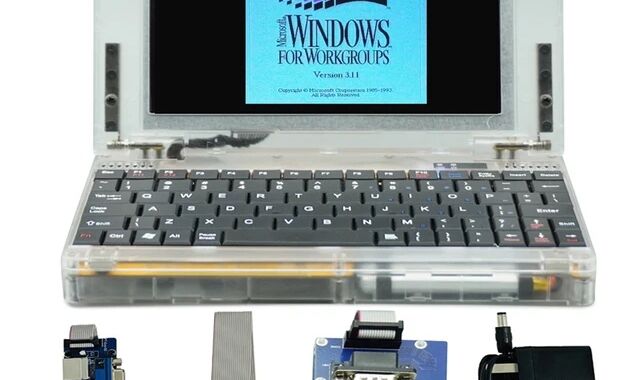- cross-posted to:
- hardware@lemmy.world
- cross-posted to:
- hardware@lemmy.world
LGR has a nice review of this and a similar machine: https://piped.video/watch?v=6bODiZ5bP84
I’d be interested in the form factor with like a raspberry pi in there.
Less powerful than that seems like a waste.
The point is not power but hardware compatibility. Emulation only goes so far and many, if not most, weird esoteric hardware systems from the 90s depended on idiosyncracies and strange usage of standard busses and weird interactions. Emulation almost always breaks this.
I’ve never had a problem emulating windows 95.
Have you tried emulating it while interfacing with some ancient ISA card?
They sell ISA to USB adapter boards and you can tell the emulator to use the device.
Tell me you’ve never tried it without telling me you’ve never tried it.
That will add extra latency from USB. Old programs are not likely to be very tolerant of that.
also most of those USB adapters likely won’t support true hardware switch interrupts, Direct Memory Access, or raw bus control to talk to other cards, which almost every special ISA card actually needs at least one of these to function.
I’m sure you’re the first to think of this! You’ll be rich!
Let me Google that for you.
i believe the use case is for old tech that require win95/dos …like interfacing with old science instruments
My second hand t480 is cheaper than that with 512 gigs of ssd storage and 16 gigs of ram
Gimme gimme gimme that transparent shell
$200? Jeez.
I got a $32 11" Dell Chromebook last month to use as a video player at work, it’s great. Stuck in a 128GB microSD and it’s better than fine.
And I can listen to the baseball game on it, when I’m not watching Star Trek. 😁
Does your $32 chromebook run dos and windows 95 on bare metal? How is your comment relevant?
Aw. That’s kind of sad.
This is the best summary I could come up with:
Of the many oddities you can buy from Aliexpress, some of the weirdest are the recreations of retro computer systems in semi-modern designs.
We’re most intimately familiar with the Book 8088, a recreation of the original 1981 IBM PC inside a chunky clamshell laptop.
The people behind the Book 8088 are also responsible for the Hand386, which is a bit like a late-80s PC stuck inside an old Palm Pilot or Blackberry, and a second revision of the Book 8088 with more built-in ports and a VGA-capable graphics adapter installed instead of a basic CGA adapter.
Whoever is selling these systems is now back with the Pocket 386, which combines Hand386-style internals with a clamshell design similar to the Book 8088.
The system also includes 8MB of RAM, one of three different replaceable VGA adapters (either a Cirrus Logic CL-GD542X, a TVGA9000i, or a CHIPS F655x5), a Yamaha OPL3 sound card, an 800x480 IPS display panel, a 4,000 mAh battery, and a CompactFlash slot for storage.
But even running off of a CompactFlash card instead of an ancient spinning HDD, expect Windows 95 support to be slow at best, particularly because of the technically inferior 386SX processor and the still-pretty-scanty 8MB of memory.
The original article contains 499 words, the summary contains 203 words. Saved 59%. I’m a bot and I’m open source!






